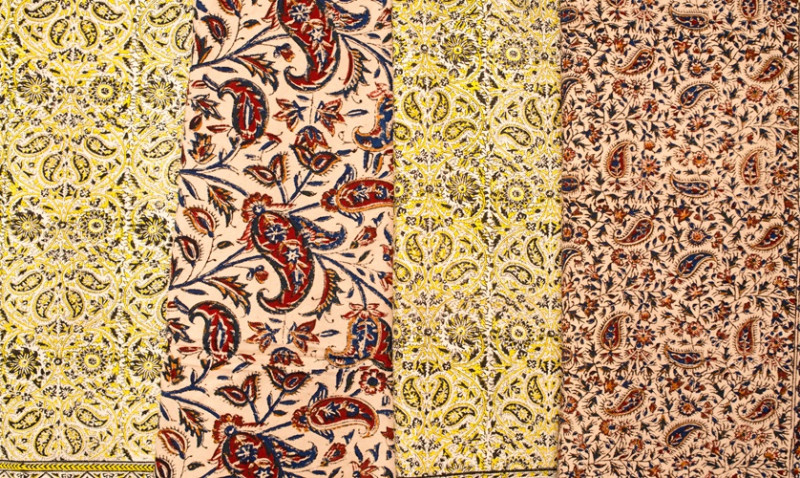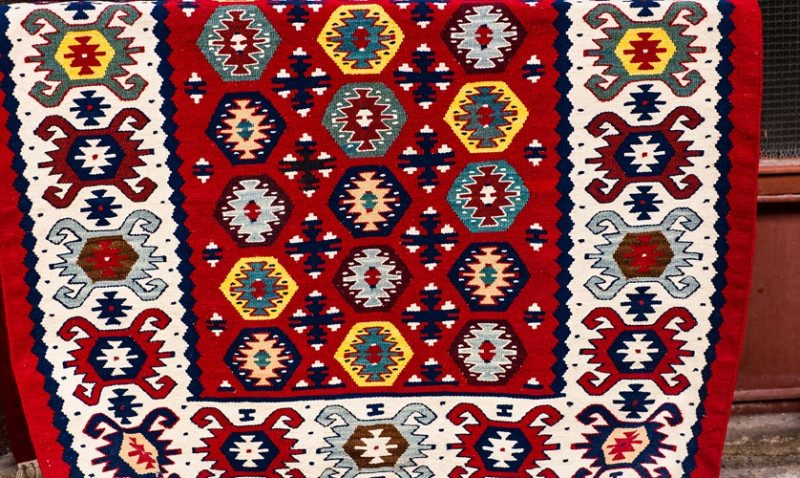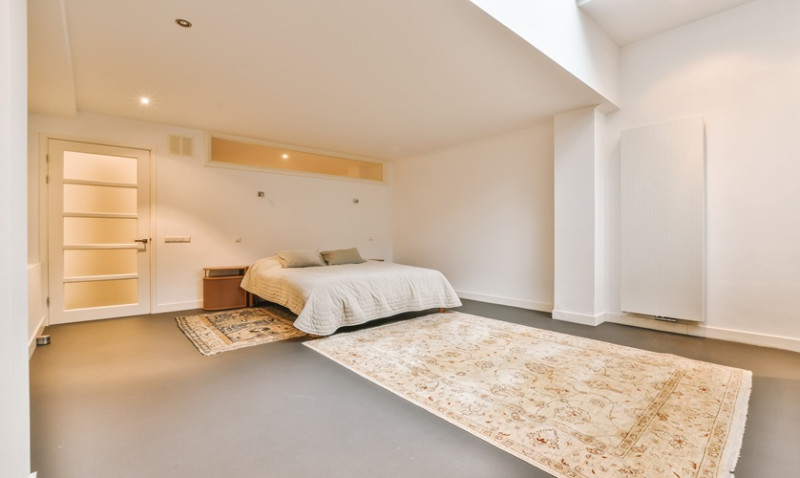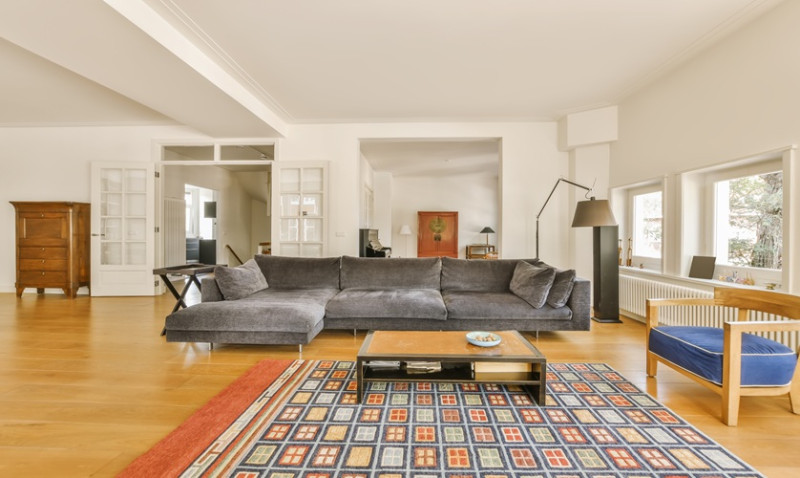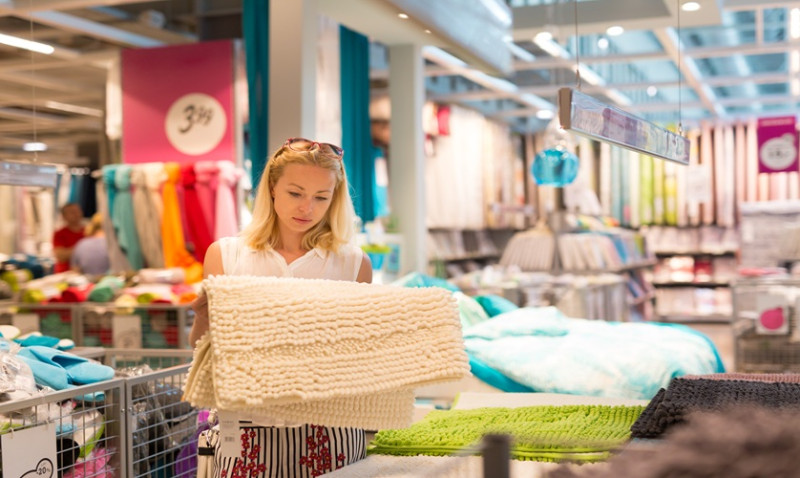
Choosing the right carpet for your home is a major decision that can dramatically influence the comfort, appearance, and practicality of your living space. With countless styles, materials, and colours available on the UK market, it can feel overwhelming—especially if you're a first-time buyer, a DIY enthusiast, or even a seasoned interior designer. This guide breaks down everything you need to know to help you find the perfect carpet that balances aesthetics, functionality, and budget.
1. Understand Your Lifestyle and Requirements
Before diving into samples and colour charts, take time to consider how each room in your home will be used. High-traffic areas like hallways, staircases, and living rooms will require durable carpets that can withstand frequent footfall, whereas bedrooms might benefit more from comfort and softness.
If you have pets or children, stain-resistant carpets made from synthetic fibres like polypropylene can significantly reduce cleaning headaches. On the contrary, if the space is rarely used, you might lean towards a more luxurious wool blend or even deep-pile carpets for that premium feel.
Professionals such as architects and interior designers often assess lifestyle and function first before even looking at textures or designs. This ensures your flooring will meet real-world demands without compromising style.
Don’t forget to consider allergy concerns too. Some carpets trap dust and allergens, so hypoallergenic or low-pile options may be worth looking into, particularly if someone in your household suffers from asthma or allergies.
2. Choose the Right Carpet Material
The type of fibre used in a carpet affects its look, feel, durability, and stain resistance. In the UK, the most popular materials include:
| Carpet Material | Benefits | Ideal Rooms |
|---|---|---|
| Wool | Natural, durable, retains shape, aesthetically elegant | Living rooms, bedrooms, dining rooms |
| Nylon | Strong, resilient, easy to clean | Hallways, stairs, children’s rooms |
| Polypropylene | Stain-resistant, affordable, bleach-cleanable | Rental properties, homes with pets or kids |
| Polyester | Soft, fade-resistant, eco-friendly options available | Bedrooms, low traffic areas |
Understanding these differences can help you narrow your options. Wool blends are often preferred by professionals for their luxurious finish, while polypropylene is a staple choice for young families redecorating on a budget.
3. Determine the Carpet Pile Type
Carpet pile refers to the way the fibres are twisted and looped during manufacturing. Different pile types can lead to subtle or substantial differences in performance, softness, and visual texture.
Cut pile carpets, such as Saxony or plush, are soft and comfortable underfoot, making them ideal for relaxing spaces like bedrooms. Loop piles such as Berber are excellent for high-traffic areas due to their durability and flat finish.
There are also combination (or cut and loop) piles which offer a mixture of textures and patterns, adding visual interest to a space while also concealing wear and footprints.
For households with pets, loop pile carpets are generally not recommended as claws can snag the loops. In contrast, low-cut pile carpets hold up better against such challenges.
4. Consider Carpet Colour and Pattern
Colour and pattern play a huge role in setting the mood and tone of a room. Lighter colours such as beige or cream can make a space feel more open and airy but may show dirt more easily. Darker shades like charcoal or navy are better at hiding stains and wear, making them a practical choice for busy households.
Neutral tones are incredibly versatile and ideal for homeowners who want longevity and flexibility in their design choices. They're also a safe bet for property developers or landlords seeking mass appeal.
If you're aiming for a statement piece, bold patterns or rich jewel tones can add character—especially in rooms that are otherwise minimalistic. However, such choices can go out of fashion quicker, so are better suited for personal long-term homes rather than investment properties.
Lighting also affects how the carpet colour looks in a room—so always view samples under the natural and artificial light of the actual space before making a final decision.
5. Don’t Skimp on Underlay
Often overlooked but just as important, underlay provides a cushioning layer beneath your carpet that offers sound insulation, added comfort, and prolonged carpet life.
Quality underlay can give even a mid-range carpet a more luxurious feel. It helps maintain underfoot comfort and absorb daily impact, essential for busy British homes with lots of foot traffic.
There are different types of underlay available such as PU foam, rubber, and felt. Each offers unique advantages; PU foam is light and insulating, while rubber is firm and better suited to high-traffic areas.
Architects and professional tradesmen always recommend proper underlay installation as it also makes your carpet easier and cheaper to replace in the future. It’s a small upfront cost that can pay off massively in the long run.
6. Measure and Plan Your Space Wisely
When re-carpeting a room, accurate measurement ensures you buy the right amount of carpet without unnecessary waste or cost. Consider whether you’ll need joins (particularly in large rooms), how the carpet pattern will align, and door heights that might need adjusting.
Most UK tradespeople will measure in square metres, so be sure to account for alcoves, radiator pipes and stairs where extra cutting may be required. You may also want to buy 5–10% more carpet than the room size to allow for trimming and fitting. This excess can also be used for future repairs or matching stair runners later on.
Planning in advance can also help you align your choice of carpet across different rooms for a seamless transition between spaces—important in modern open-plan living areas or hallways connecting multiple rooms.
7. Factor In Maintenance and Longevity
Even the most beautiful carpet can become a liability if it's difficult to maintain. Ask yourself how much time and effort you're willing or able to dedicate to care. For those with a busy work-life balance or young families, low-maintenance carpets are clearly preferable.
Synthetic fibres like nylon or polypropylene are ideal for UK households as they resist staining and soiling, often requiring just a regular vacuum and occasional spot-cleaning. Wool, while offering superior resilience, may need professional cleaning to avoid shrinkage or discolouration.
It’s wise to select carpet styles and colours that mask general soiling and so wear more gracefully between cleans. Multi-tonal and textured finishes excel here and are often selected by property developers due to their longevity.
Always check the manufacturer’s warranty and care instructions to understand best maintenance practices before purchasing.
8. Choose Between DIY and Professional Fitting
While installing carpet yourself can save on fitting cost, a poor installation can shorten your carpet’s lifespan and void warranties. Professional tradesmen are experienced in handling awkward spaces such as stairs and rooms with complex layouts, ensuring a taut and smooth finish.
If you're confident with DIY and it’s a standard square room, it may be a manageable weekend job with the right tools. However, investing in professional fitting is money well spent for most homeowners and designers aiming for a flawless finish.
Many UK flooring suppliers offer package deals that include both product and fitting. For young professionals or families with busy schedules, this can be a convenient and cost-effective option.
Final Thoughts
Finding the right carpet doesn’t have to be a daunting task. With an understanding of your lifestyle needs, room usage, and available materials, you’re well-equipped to make an informed decision. Whether you're styling your first flat or renovating a period home, the right carpet can transform comfort, aesthetics, and overall satisfaction.
Always try to obtain samples before finalising your choice, and don’t hesitate to consult retail experts or interior designers if you need guidance. The UK carpet market offers something for everyone—from DIYers to design professionals. Choose smart, and your new carpet will be a worthwhile investment for years to come.
